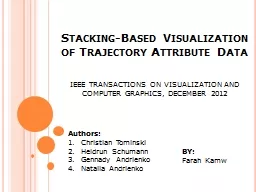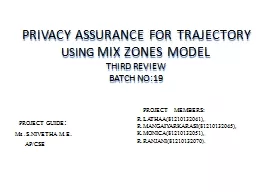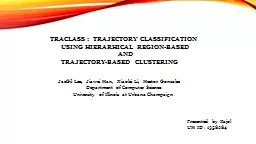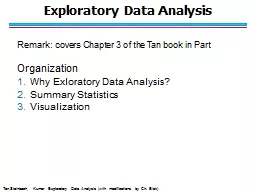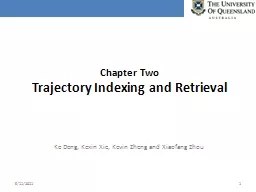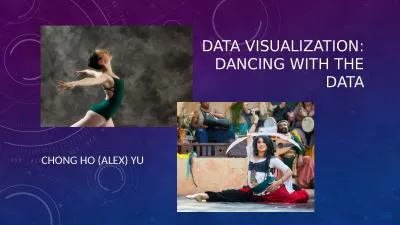PPT-Stacking-Based Visualization of Trajectory Attribute Data
Author : celsa-spraggs | Published Date : 2017-01-19
IEEE TRANSACTIONS ON VISUALIZATION AND COMPUTER GRAPHICS DECEMBER 2012 Authors Christian Tominski Heidrun Schumann Gennady Andrienko Natalia Andrienko BY Farah
Presentation Embed Code
Download Presentation
Download Presentation The PPT/PDF document "Stacking-Based Visualization of Trajecto..." is the property of its rightful owner. Permission is granted to download and print the materials on this website for personal, non-commercial use only, and to display it on your personal computer provided you do not modify the materials and that you retain all copyright notices contained in the materials. By downloading content from our website, you accept the terms of this agreement.
Stacking-Based Visualization of Trajectory Attribute Data: Transcript
Download Rules Of Document
"Stacking-Based Visualization of Trajectory Attribute Data"The content belongs to its owner. You may download and print it for personal use, without modification, and keep all copyright notices. By downloading, you agree to these terms.
Related Documents

